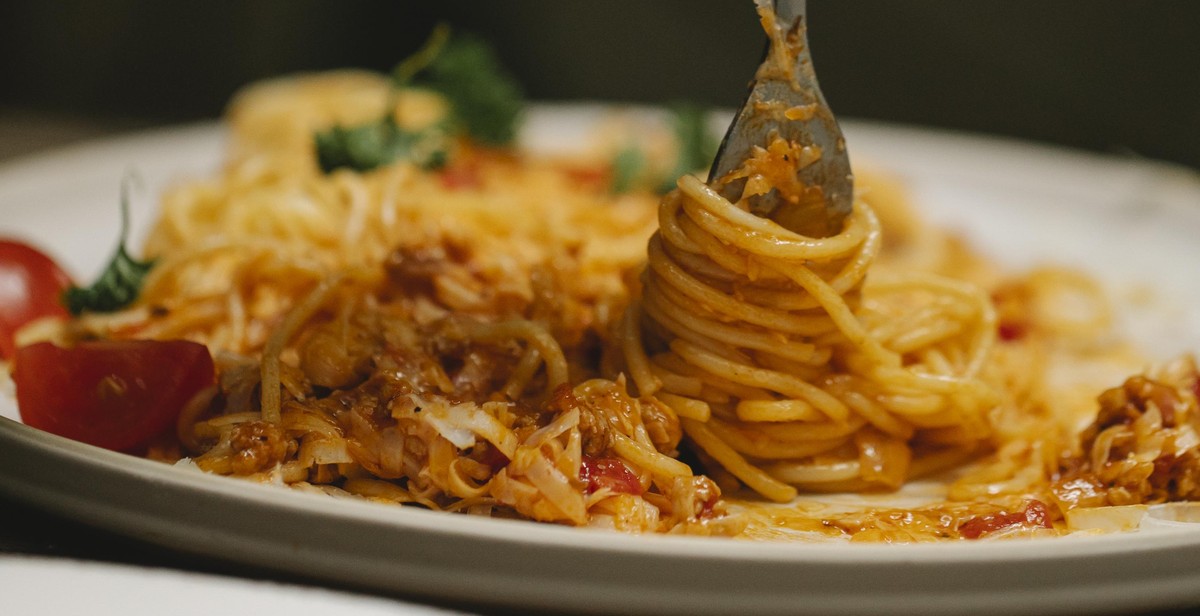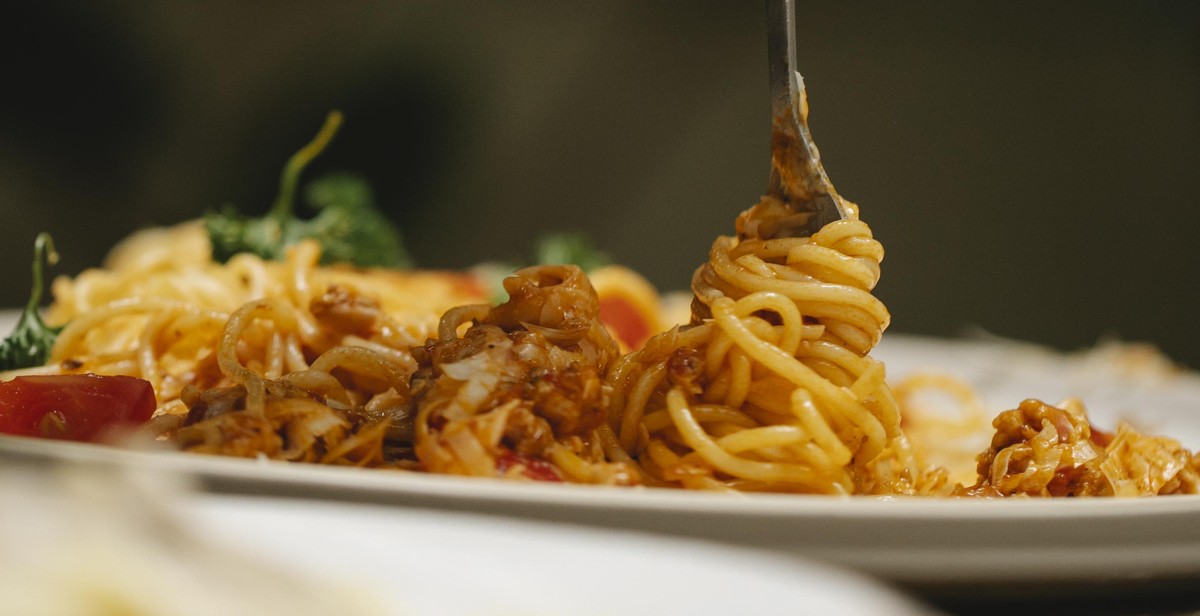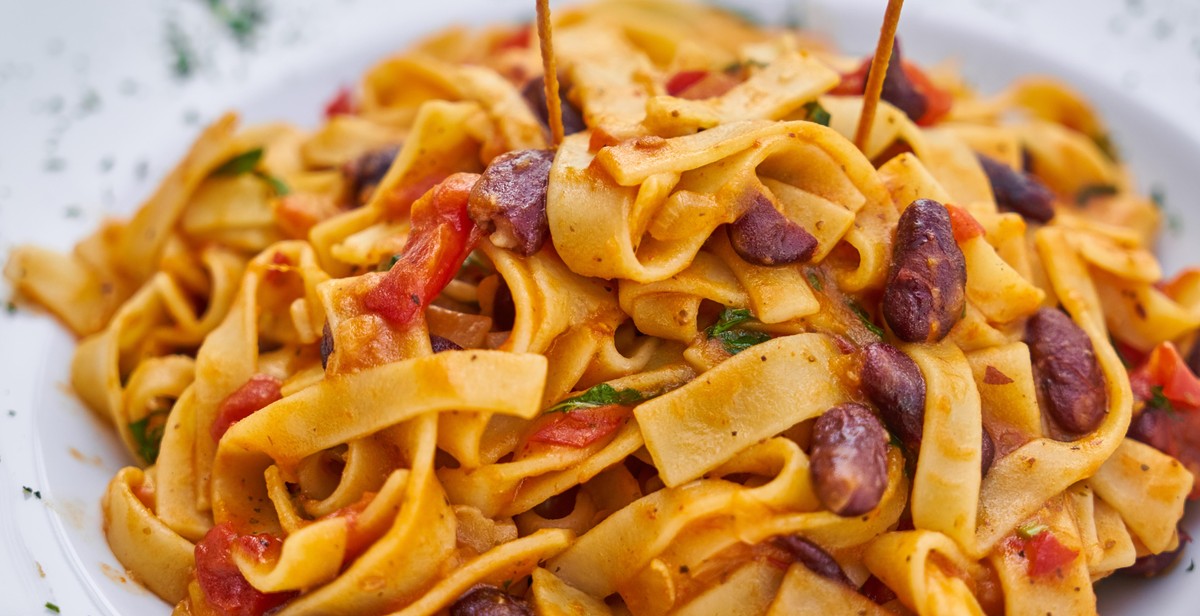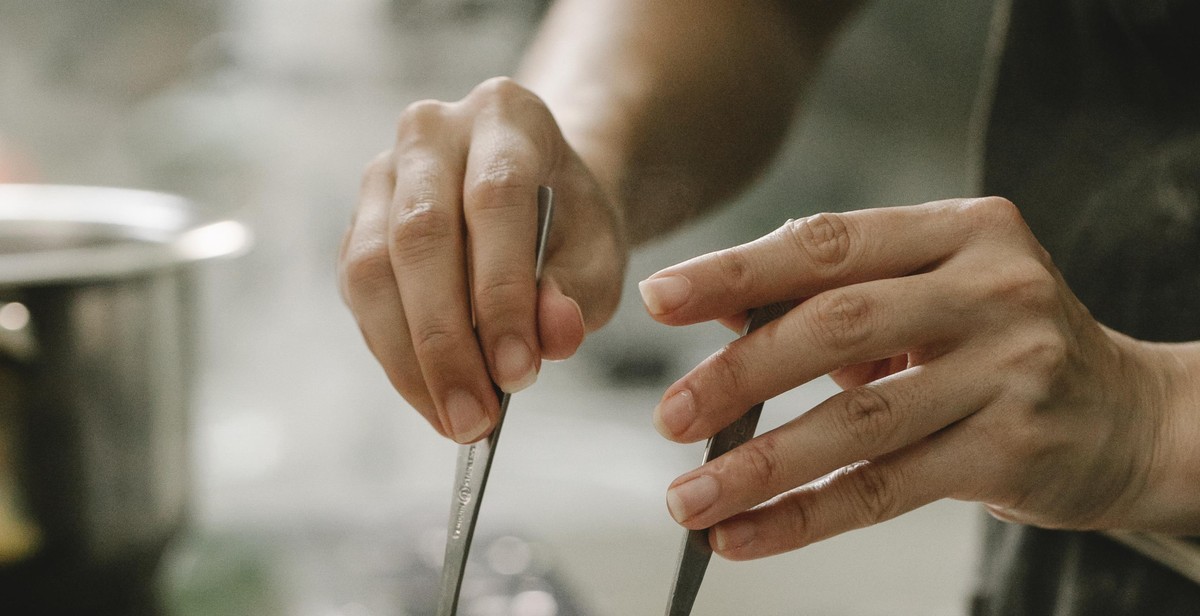Introduction
Al dente is an Italian term that means “to the tooth” or “to the bite.” When it comes to cooking pasta, achieving the perfect al dente texture is essential to creating a delicious dish. Al dente pasta is cooked just enough to retain a firm texture with a slight bite, without being too soft or mushy.
Overcooked pasta can ruin a dish, making it taste bland, mushy, and unappetizing. Undercooked pasta, on the other hand, can be tough and chewy, making it difficult to eat. That’s why it’s crucial to learn how to cook pasta perfectly al dente.
In this article, we’ll share some tips and tricks on how to cook perfect al dente pasta every time. We’ll cover everything from choosing the right type of pasta to cooking times and techniques. Whether you’re a beginner or an experienced cook, by the end of this article, you’ll be able to cook al dente pasta like a pro.

Choosing the Right Pasta
Choosing the right type of pasta is an essential step in achieving the perfect al dente texture. Different pasta shapes have different cooking times and textures. Here are some popular pasta types for al dente cooking:
| Pasta Type | Description | Cooking Time |
|---|---|---|
| Spaghetti | Long, thin, cylindrical pasta | 8-10 minutes |
| Linguine | Similar to spaghetti but flatter and wider | 8-10 minutes |
| Fettuccine | Flat, wide pasta | 10-12 minutes |
| Penne | Tubular pasta with angled ends | 10-12 minutes |
| Rotini | Corkscrew-shaped pasta | 8-10 minutes |
| Farfalle | Bowtie-shaped pasta | 10-12 minutes |
It’s important to note that the cooking time may vary based on the brand and the thickness of the pasta. Always follow the instructions on the package and taste the pasta for doneness as it cooks.
When choosing pasta for al dente cooking, look for pasta made from durum wheat semolina. This type of pasta has a higher protein content and a firmer texture, which makes it ideal for cooking al dente.
Remember, the key to achieving the perfect al dente texture is to cook the pasta until it’s tender but still has a slight firmness in the center. With the right type of pasta and proper cooking technique, you’ll be able to achieve the ideal texture every time.

Cooking Al Dente Pasta
Al dente pasta is a term used to describe pasta that is cooked just enough to retain a firm texture while still being tender. Cooking al dente pasta may seem like a challenge, but it is actually quite simple if you follow a few basic steps.
Step-by-Step Guide to Cooking Al Dente Pasta
- Fill a large pot with water and add salt. Use approximately 4-6 quarts of water per pound of pasta and 1-2 teaspoons of salt per quart of water.
- Bring the water to a rolling boil over high heat.
- Add the pasta to the boiling water and stir immediately to prevent the pasta from sticking together.
- Cook the pasta according to the package instructions, but subtract 1-2 minutes from the recommended cooking time.
- Taste the pasta to check for the desired texture. Al dente pasta should be firm to the bite but not hard or crunchy.
- Drain the pasta in a colander and rinse it briefly with cold water to stop the cooking process.
Tips for Cooking Al Dente Pasta
- Use a large pot of water to allow the pasta enough space to cook evenly.
- Do not add oil to the water as it can make the pasta slippery and prevent the sauce from adhering properly.
- Do not overcook the pasta as it will become mushy and lose its texture.
- Use a timer to keep track of the cooking time and taste the pasta frequently to ensure it is cooked to the desired texture.
- If you are not serving the pasta immediately, toss it with a little bit of olive oil to prevent it from sticking together.
| Steps | Tips |
|---|---|
| Fill a large pot with salted water and bring it to a boil. | Use a large pot of water and do not add oil. |
| Add the pasta and stir immediately. | Use a timer to keep track of the cooking time. |
| Cook the pasta for 1-2 minutes less than the recommended time. | Taste the pasta frequently to ensure it is cooked al dente. |
| Drain the pasta and rinse it briefly with cold water. | Toss the pasta with a little bit of olive oil if not serving immediately. |

Testing for Al Dente Pasta
Testing your pasta is crucial in ensuring that you achieve the perfect al dente texture. Al dente pasta should be cooked through but still firm to the bite. Here are some methods for testing your pasta:
Bite Test
The most common way to test for al dente pasta is to take a piece and bite into it. If it is cooked through but still firm to the bite, then it is al dente. If it is mushy or too soft, then it is overcooked.
Visual Test
You can also visually test your pasta by cutting it in half. The center should be the same color as the outside, indicating that it is cooked through. If the center is still white or lighter in color, then it is undercooked. If the center is mushy or falling apart, then it is overcooked.
Throwing Test
Another method is the throwing test. Take a strand of pasta and throw it against the wall. If it sticks, then it is overcooked. If it falls off, then it is undercooked. If it sticks for a brief moment and then falls off, then it is al dente.
Slicing Test
The slicing test involves cutting a piece of pasta with a knife. If there is a white, uncooked center, then it is undercooked. If the center is cooked through but still firm, then it is al dente. If the center is mushy or falling apart, then it is overcooked.
Keep in mind that the cooking time may vary depending on the type and shape of pasta. It is important to taste your pasta frequently and test it using one of these methods to ensure that you achieve the perfect al dente texture.

Common Mistakes to Avoid
Overcooking Pasta
One of the most common mistakes when cooking pasta is overcooking it. Overcooking can lead to mushy and limp noodles, which can ruin the texture and taste of your dish. To avoid this, make sure to follow the cooking instructions on the package and set a timer to keep track of the cooking time.
It’s also important to taste the pasta as it cooks. Start checking for doneness a few minutes before the recommended cooking time and continue checking every minute until the pasta is cooked al dente – tender yet firm to the bite.
Another tip to prevent overcooking is to use a large pot of boiling water and add salt to the water before adding the pasta. This will help the pasta cook evenly and prevent it from sticking together.
Undercooking Pasta
On the other end of the spectrum, undercooking pasta can also be a problem. If the pasta is not cooked enough, it will be tough and chewy, making it difficult to eat. To avoid this, make sure to cook the pasta for the recommended amount of time and taste it to ensure it’s cooked al dente.
If you’re short on time and want to cook the pasta quickly, avoid the temptation to turn up the heat. High heat can cause the pasta to cook unevenly and result in undercooked or burnt noodles. Instead, opt for a moderate heat and stir the pasta occasionally to ensure even cooking.
Lastly, avoid rinsing the pasta with cold water after cooking as this can cause it to cool too quickly and become undercooked. Instead, drain the pasta and immediately toss it with your sauce or a drizzle of olive oil to keep it warm and prevent it from sticking together.
By avoiding these common mistakes, you’ll be well on your way to cooking perfect al dente pasta every time!

Conclusion
Al dente pasta is a delicious and satisfying dish that requires a bit of patience and practice to perfect. However, with the right techniques and ingredients, you can easily achieve the ideal texture and flavor.
To cook perfect al dente pasta, start by choosing high-quality pasta and using a large pot of boiling, salted water. Be sure to follow the package instructions and taste the pasta frequently to avoid overcooking.
Another important tip is to reserve some of the pasta water to use in the sauce. This starchy water helps to thicken the sauce and bind it to the pasta, creating a more flavorful and cohesive dish.
Finally, experiment with different sauces, herbs, and seasonings to find your perfect al dente pasta recipe. Whether you prefer a classic tomato sauce or a more adventurous pesto or carbonara, there are endless possibilities for this versatile dish.
With these tips and tricks, you can impress your friends and family with perfectly cooked al dente pasta every time. So go ahead and get cooking!
